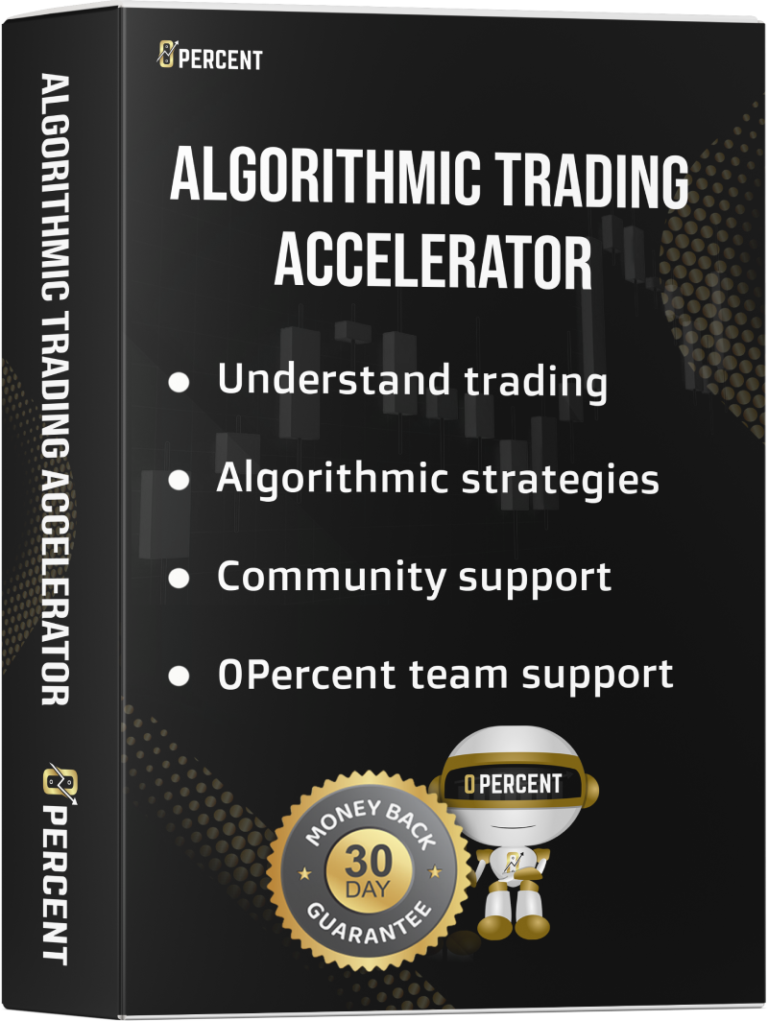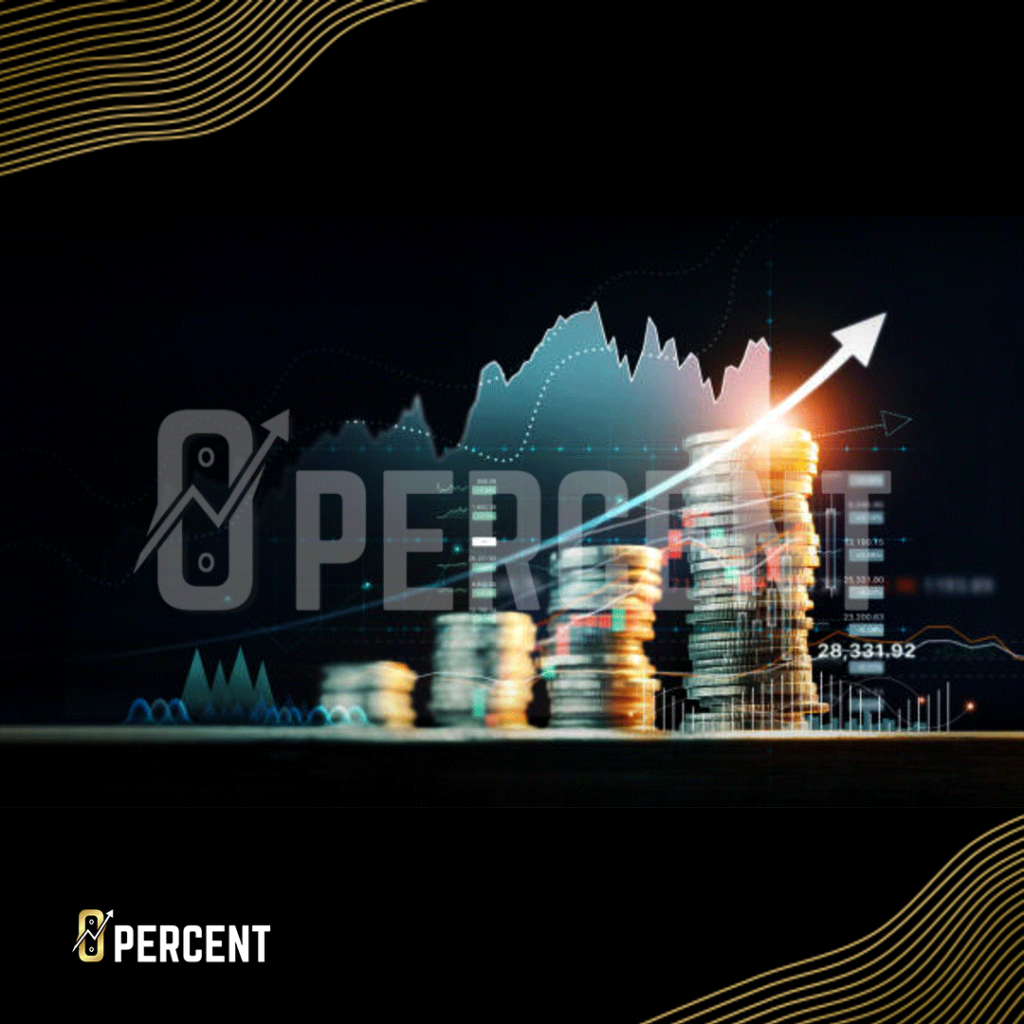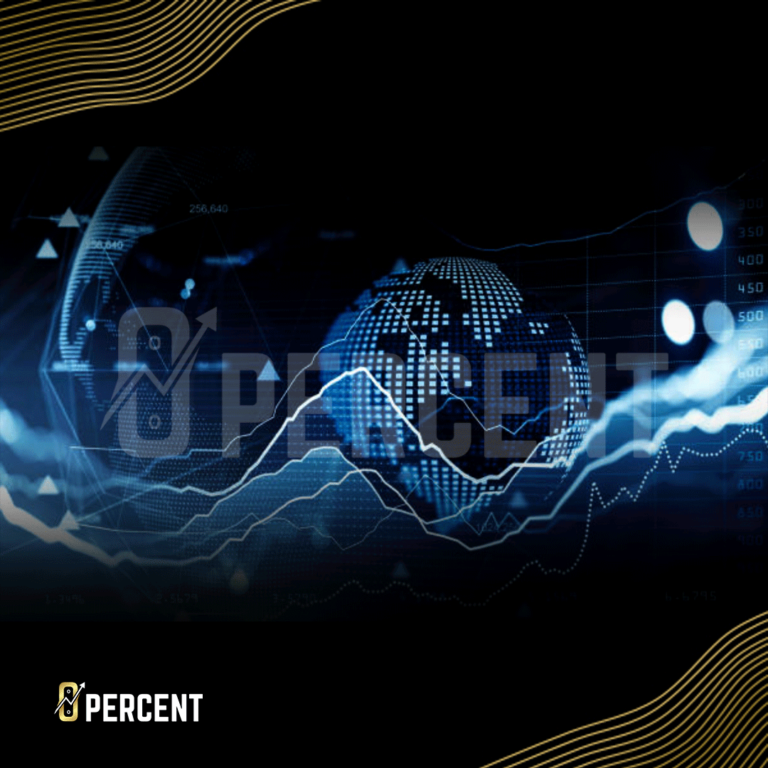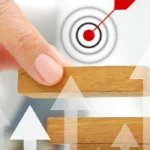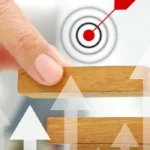Gross Domestic Product (GDP)
GDP refers to the total value of goods and services produced in a country. Gap is one of the most widely used economic indicators and provides a wide measure of economic activity. Changes to GDP can indicate whether that economy is growing or contracting, and can also provide insights into trends like consumer spending, business investment, and government spending.
Inflation
Inflation is the rate at which the prices of goods and services are increasing. Inflation is an important economic indicator because it affects the purchasing power of consumers along with the profitability of businesses. High inflation can lead to higher interest rates — which will be discussed later in this article — and this can make borrowing more expensive and slow down economic growth.
Employment
Employment is the measure of the total number of people who are employed in the economy. This is an important economic indicator because it can indicate whether an economy is growing or contracting. High unemployment can indicate that businesses are growing and consumers are spending, while low employment can indicate an overall weak or struggling economy.
Interest Rates
Interest rates refer to the cost of borrowing money, and are a very important economic indicator as they have a potent effect on consumer spending, business investment, and the profitability of financial institutions. Changes to the interest rates can affect exchange rates, as well as international trade.
Other Economic Indicators
There are several other economic indicators that economists use to forecast. These include consumer confidence, housing starts, and retail sales, among others. Consumer confidence measures how optimistic consumers are about the economy, and has a measurable effect on consumer spending. Housing starts measure the number of new housing units under construction, and provide a look into trends in real estate. Retail sales measure the total sales of goods and services by retailers and price insight into consumer spending.
Using Economic Indicators for Forecasting
Economic indicators are widely used to forecast future economic conditions. As an example, if GDP growth is strong, it may indicate that consumer spending and business investments are increasing, leading to overall economic growth. Likewise, if inflation is high, it may indicate that interest rates will increase, which could slow down growth.
Businesses and individuals alike can use economic indicators to make informed decisions about investments, spending and other financial activities. For example, if unemployment is low, it may be a good time for businesses to expand and hire more workers. If interest rates are high, it may be a good time for individuals to save money rather than borrow.
Economic indicators are important tools for understanding and forecasting economic conditions. By measuring the performance of various sectors of the economy, they can provide insights into trends in consumer spending, business investment, and government spending. Businesses and individuals can use economic indicators to make informed decisions about investments, spending, and other financial activities. Understanding the role of economic indicators in forecasting can help individuals and businesses make better-informed decisions about their finances.
Techniques and Strategies for Making Economic Forecasts
Step 1: Collect and Analyze Data
The first step in economic forecasting is to gather and analyze relevant data. This may include data on consumer spending, business investment, government spending, international trade, and other economic variables.
Economists use numerous methods to collect data, including surveys, interviews, and data from government agencies and other sources. Once that data is collected, it is then analyzed to identify trends and patterns in the data.
Step 2: Choose a Forecasting Method
Some of the most common forecasting methods include:
- Trend analysis: This involves analyzing historical data to identify trends and using them to make predictions about future economic conditions.
- Regression analysis: This involves analyzing the relationship between two or more variables and using that relationship to make predictions about future economic conditions.
- Time series analysis: This involves analyzing data over time to identify patterns and trends, and using those patterns to make predictions about future economic conditions.
- Simulation models: This involves using computer models to simulate the behavior of the economy under different scenarios and conditions.
Each forecasting method has its strengths and weaknesses, and the choice of method will depend on the specific economic variable being forecasted, the availability of data, and the expertise of the economist.
Step 3: Develop a Forecast
Once the forecasting method is chosen, economists develop a forecast by applying the method to the data. This involves making assumptions about future economic conditions and using the chosen method to estimate the values of the economic variable being forecasted.
For example, an economist might use trend analysis to forecast GDP growth by analyzing historical data on GDP growth rates and using those rates to make predictions about future growth.
Step 4: Evaluate the Forecast
After developing a forecast, economists must evaluate its accuracy and reliability. This involves comparing the forecasted values to actual values over time and making adjustments as needed.
If the forecast is inaccurate or unreliable, economists may need to re-evaluate their assumptions, choose a different forecasting method, or gather more data.
